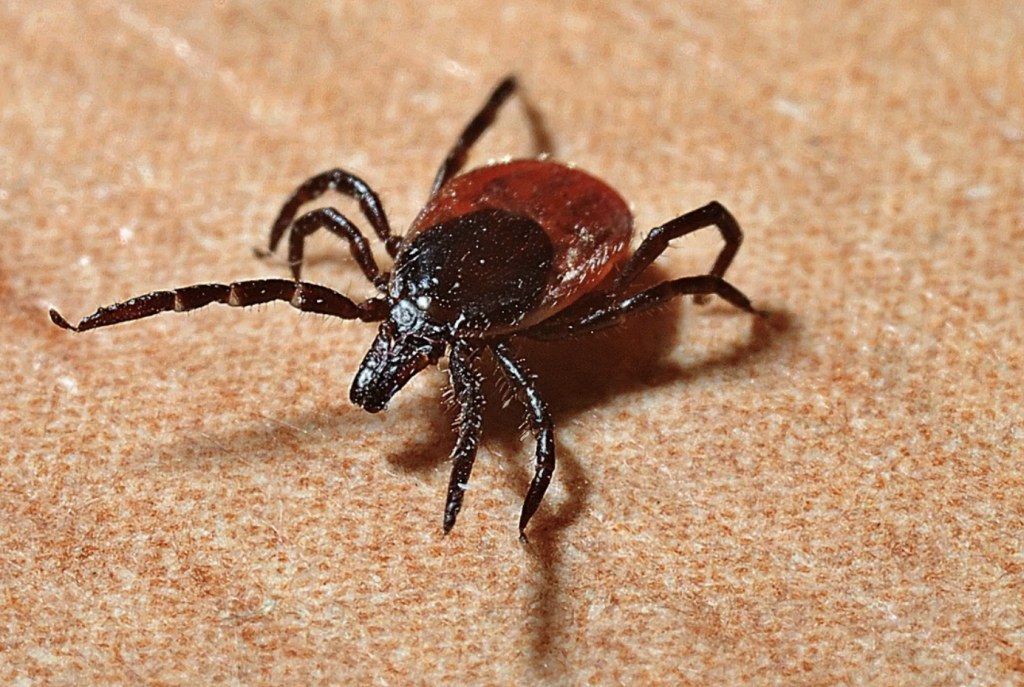Ticks Are The Cause Of A Frightening New Public Health Risk
Ticks spreading diseases are raising concerns for doctors across the nation as new health risks emerge.
This article is more than 2 years old

Ticks are a great menace to humans and carry a plethora of harmful diseases. Known for spreading Lyme disease, the tiny creature can also administer many other life-threatening viruses. An extremely rare condition that’s only recorded in a handful of people each year is now being linked to the minuscule bug. Ticks are spreading this new disease called Powassan virus, which can be deadly.
The Powassan virus has only been found in a small number of humans, but the outcome can be terminal. Ticks can pass the virus in 15 minutes with one single bite. Ticks spreading this new disease have been found all over, but one case this year has disturbed scientists. The Powassan virus killed an unidentified person in Maine, which has puzzled and scared the people living in the surrounding area. Not much is known about this virus, but entomologists are worried that the number of cases will increase.
Though Lyme disease is well known amongst average citizens, ticks and their infections often go unrecognized. Even Lyme disease, a virus familiar to most doctors, is hard to diagnose and may take years for a patient to receive the proper determination. Ticks spreading new diseases cause concern to the average citizen and healthcare workers because there is still little known about all the viruses these bugs can transfer. As ticks have started to broaden their known environment and travel into new areas, scientists must work fast to figure out all the deadly sicknesses they can carry.
In fact, the United States is relatively behind in tracking ticks spreading new diseases. No national monitoring system picks up where ticks are migrating to and how many there are in the wild. Alongside this, there’s virtually no information about all the tick species in the United States and the amalgamation of diseases they carry, putting the general public at risk. Without proper knowledge about these bugs, how will the American people defend themselves or properly diagnose their symptoms?
Like the health protocols surrounding COVID, the government relies on the individual suffering from a tick-borne illness to figure out the diagnois instead of establishing a responsible department. Tick tracking is only operable in local communities funded by the public health department, often changing based on the American administration’s budget and funding. If the government only relies on individuals to determine if they have a tick-borne virus, then stopping ticks from spreading new diseases will be tricky.
Though a small subset of recorded bugs globally, Ticks account for a large portion of transferring deadly diseases to humans. The Center for Disease Control and Prevention acknowledged that today, ticks carry 16 known illnesses. Between 2004 and 2018, the number of diseases transferred by bugs tripled, and ticks accounted for most of that figure increase. With ticks spreading new diseases every year, it’s essential to start investing in monitoring systems to track these bugs as they branch out to unusual territory. When it comes to ticks spreading new diseases worldwide, knowing more about the bugs’ habitat and identification is required to defend oneself from contracting a virus.





